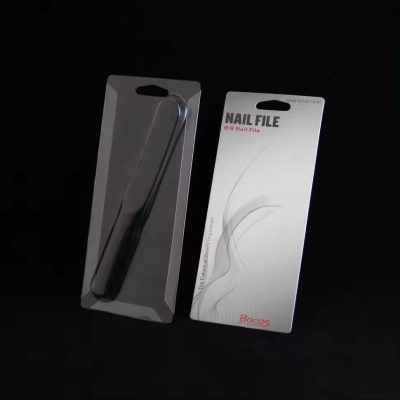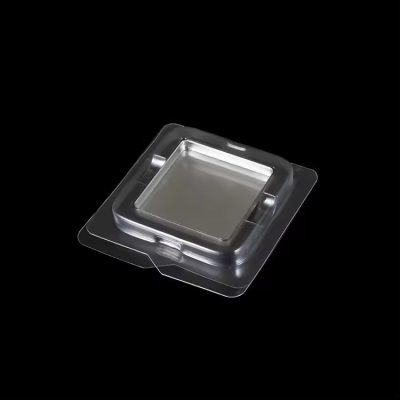Blister clamshell packaging has revolutionized the way products are packaged and presented, providing a harmonious blend of protection and visual appeal. This article aims to explore the essence of blister clamshell packaging, including its definition, components, benefits, design considerations, and widespread applications across industries.
Introduction to Blister Clamshells
Blister clamshells are a packaging solution where products are encased within two transparent plastic shells sealed together. This design not only shields the product from external elements but also allows consumers to view the product, facilitating informed purchasing decisions.
Components and Design Elements
Blister clamshell packaging comprises two main components:
Clamshell: The clamshell consists of two halves of clear plastic that are fused together, creating a protective casing for the product. This sturdy shell ensures the product remains secure and intact throughout its journey from production to purchase.
Backing Card: Positioned inside the clamshell, the backing card serves as a platform for branding and product information. It is often embellished with captivating graphics, logos, and essential details, enhancing the product’s visual appeal and consumer engagement.
Advantages of Blister Clamshells
Blister clamshell packaging offers numerous advantages:
Product Protection: The robust plastic shell provides a barrier against physical damage, moisture, and tampering, ensuring the product reaches the consumer in pristine condition.
Enhanced Visibility: The transparent clamshell allows consumers to inspect the product’s features, quality, and packaging integrity, fostering transparency and trust in the purchasing process.
Brand Promotion: The backing card serves as a canvas for brand logos, marketing messages, and product specifications, enabling manufacturers to reinforce brand identity and communicate effectively with consumers.
Tamper Resistance: The sealed clamshell design deters tampering and unauthorized access, providing assurance to both consumers and retailers regarding product safety and authenticity.
Design Considerations
Designing effective blister clamshell packaging involves careful consideration of several factors:
Material Selection: Opting for high-quality, recyclable plastics for the clamshell to ensure product safety, durability, and environmental sustainability.
Graphic Design: Utilizing captivating graphics, vibrant colors, and clear messaging on the backing card to attract consumer attention and convey product information effectively.
Clamshell Closure: Implementing a secure yet user-friendly closure mechanism for the clamshell to facilitate easy opening by consumers while maintaining product freshness and integrity.
Applications Across Industries
Blister clamshell packaging finds versatile applications across various industries, including:
Retail: Used for packaging electronics, toys, cosmetics, and hardware, enhancing product visibility and consumer appeal in retail environments.
Food and Beverage: Employed for packaging fresh produce, bakery items, snacks, and convenience foods, ensuring product freshness, hygiene, and convenience for consumers.
Healthcare: Utilized for packaging medical devices, pharmaceuticals, and personal care products, providing tamper-evident packaging solutions that comply with regulatory standards.
Conclusion
In conclusion, blister clamshell packaging represents a perfect synergy of product protection and presentation, making it an indispensable packaging solution for manufacturers across industries. Its versatility, durability, and aesthetic appeal continue to position blister clamshells as a preferred choice for packaging various products in today’s competitive marketplace. As consumer preferences evolve and market trends change, blister clamshell packaging remains at the forefront of packaging innovation, driving product visibility, consumer engagement, and brand loyalty.







